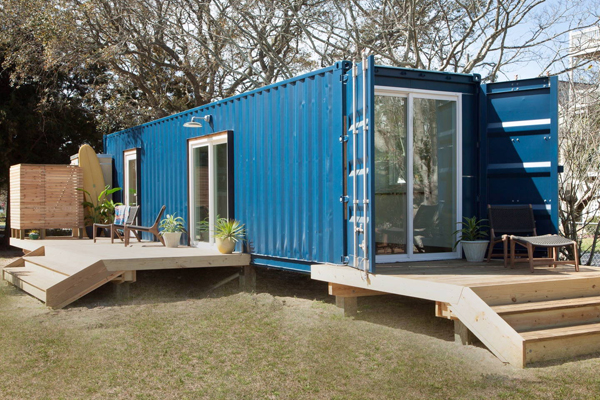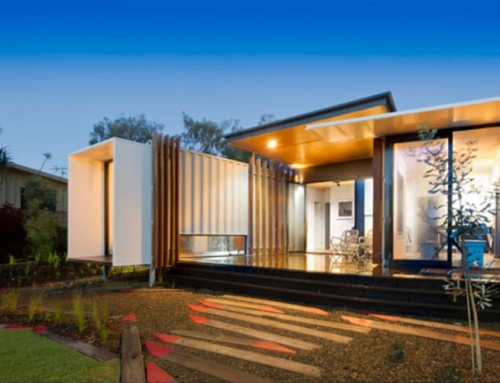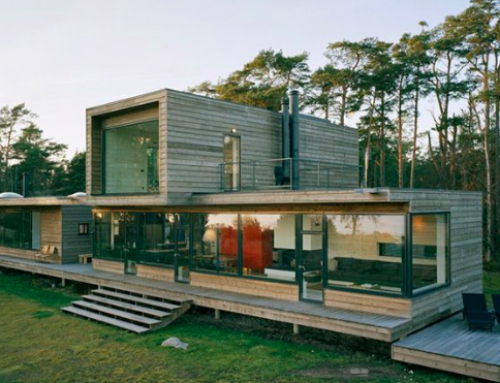As an experienced builder in Melbourne, I’ve seen firsthand the growing interest in container homes. These unique and eco-friendly living spaces provide numerous benefits, from cost-effectiveness to customisation. If you’re considering building a container home, it’s essential to follow the right steps to achieve the best possible outcome.
In this quick write up, I’ll run you through the three crucial steps to building the very best container home.
Planning and Design
The first step in building a container home is thorough planning and design.
This stage involves several important considerations, including:
a. Local Council Regulation: Before you begin designing your container home, you must research local building regulations and zoning laws in your area. These rules can vary significantly between states and councils, so it’s essential to ensure your project complies with all relevant requirements.
b. Container Selection: Choosing the right shipping container(s) for your home is crucial. Ensure you select high-quality containers, free from structural damage or excessive rust. It’s best to purchase one-trip containers, which have only been used once for shipping goods, as they’re generally in excellent condition.
c. Design Elements: During the design phase, consider factors such as layout, insulation, plumbing, electrical systems, and interior finishes. Collaborate with us, an architect or designer experienced in container homes to create a functional and aesthetically pleasing design that meets your needs and preferences
d. Budget: Establish a realistic budget for your container home project, taking into account costs for land, containers, materials, labor, permits, and any necessary site work.
Preparing the Site and Laying the Foundation
Once you have a solid plan and design in place, the next step is preparing your building site and laying the foundation.
This process involves:
a. Site Preparation: Clear the land of any debris, vegetation, and obstructions, and level the site as needed. Before this stage as part of the planning process we will have conducted soil tests to determine the best foundation type for your container home.
b. Foundation Options: There are several foundation options available for container homes, including concrete slabs, piers, strip footings, and screw piles. Our structural engineer will determine the most suitable option for your specific site conditions – normally piers are fine.
c. Utilities: Plan for the installation of utilities such as water, sewerage, electricity, and gas. Consult with local utility providers to ensure proper connections and compliance with regulations.
Construction and Finishing Touches
With planning, design, and site preparation complete, it’s time to start the construction phase.
This stage includes:
a. Container Modification: We will modify your shipping containers according to the design, including cutting openings for windows and doors, reinforcing structural elements, and installing insulation. It’s essential to work with a builder like us who are experienced in container home construction to ensure proper modifications and structural integrity.
b. Assembly and Installation: Position and secure the containers on the foundation, joining them together if using multiple containers. Plug in necessary utilities, such as plumbing and electrical systems.
c. Interior and Exterior Finishes: Complete the interior and exterior finishes of your container home. Select high-quality, eco-friendly materials to maximize the sustainability of your home.
d. Landscaping: Finish your project by designing and implementing a landscaping plan that complements your container home and enhances your outdoor living space.
Building a container home in Australia requires careful planning, site preparation, and construction expertise. By following these three steps and working with experienced professionals like us, you’ll be well on your way to creating the very best container home that suits your needs, preferences, and budget.







